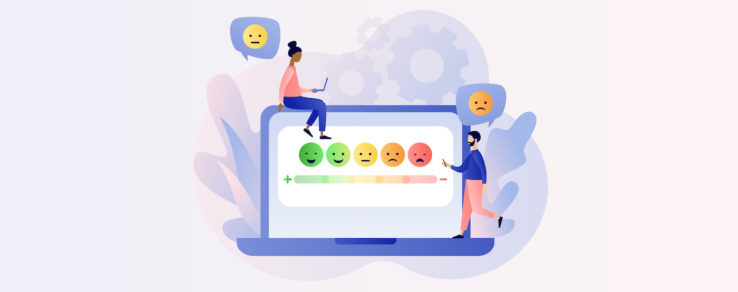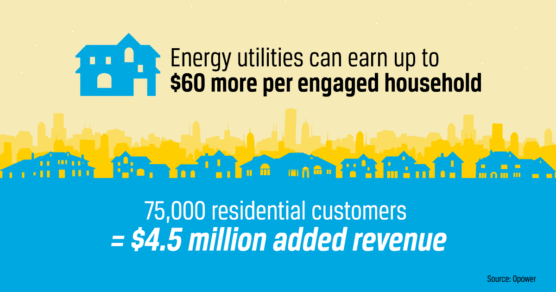Imagine being unable to reach your energy utility customers with important service updates and program promotions. That’s the reality for disengaged customers — they are essentially unreachable.
Customer disengagement can be described as the buyer’s perception that a brand can’t meet their rational or emotional needs. Once they feel this way, people stop listening to the brand, act as passive participants and sometimes even leave.
So, what causes customer disengagement and what does it cost your energy utility?
Common Causes of Disengaged Customers
New customers don’t start disengaged. They become that way over time when your energy utility fails to meet their expectations.
Here are common reasons why you may have disengaged customers:
- They receive irrelevant information
- Or too much information
- Or too little information
- They receive messages in unwanted formats
- They feel bombarded by transactional messages that don’t provide value
- They only hear from their utility when you want something, not when they want something
Tom Collinger of Northwestern University explains it well, saying, “No longer can companies risk annoying their customers by contacting them with too many emails, too many sales pitches, too much promotion…creates a fatigue effect that leads to disengagement. The time has come for a coordinated contact strategy. The old blanket approach doesn’t work anymore.”
To keep customers engaged, you must provide consistent value.
Why Disengaged Customers Cost More
Disengaged customers aren’t reading your emails. They are not aware of program promotions and unlikely to stumble across the messages you want them to see. While they may remain a customer, they are passive participants at best.
These customers can clog call center lines with questions, and they are unlikely to be enrolled in paperless billing or energy efficiency programs. This means higher costs to serve, potentially missed payments and higher energy expenses.
Worse, disengaged customers can leave. And attracting a new customer costs five times as much as retaining one.
Disengagement is a problem whichever way you look at it. So, on the flip side, what’s the monetary return of building true customer engagement?
The Monetary Value of Engaged Customers
Energy utilities that foster engagement find that consumers are more loyal, more open to low-cost digital channels, more responsive to marketing and more willing to shift their time of use or adopt energy-efficient behaviors.
Each engaged household can add an incremental $18 to $60 annually to an energy provider’s bottom line, according to calculations from Opower.
Let’s say your energy utility has 75,000 residential customers. That’s an additional $4.5 million of potential revenue if all those households are engaged.
This added revenue comes from the cumulation of lowered service costs, reduced churn, behavioral efficiencies, increased cross-sell opportunities and program participation.
Preventing Disengaged Customers
Customer engagement carries a true return on investment. Luckily, there are many things you can do to prevent customer disengagement. A thoughtful communications strategy that includes personalized and resourceful content can help your energy utility rise above expectations and build loyal customers.


